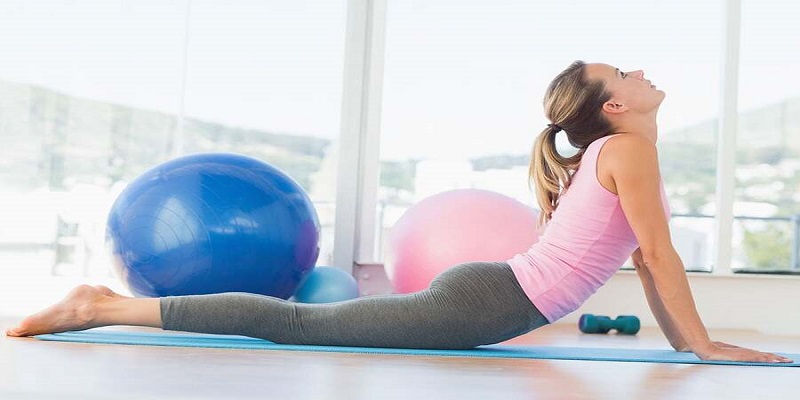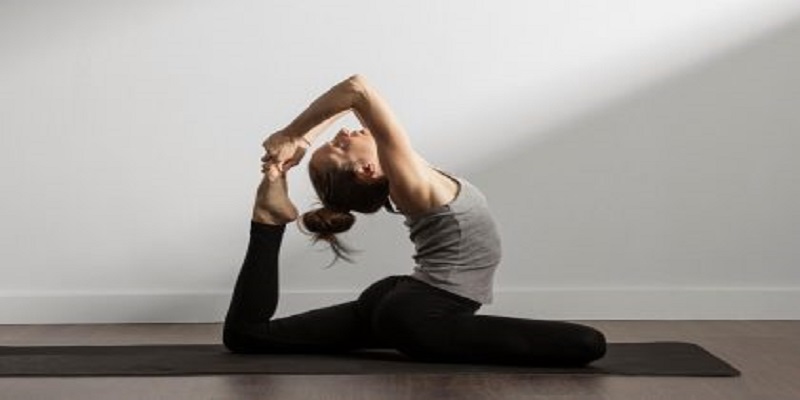In today’s fast-paced world, people are constantly juggling work, school, and personal responsibilities. As a result, finding time for physical activity can be challenging. While some individuals may gravitate towards intense workouts or professional sports, there is also a growing appreciation for light sports. These activities, which are typically low-impact and easy to engage in, offer numerous physical, mental, and social benefits. Whether it’s a leisurely walk, a light game of badminton, or a casual cycling session, light sports provide a wonderful way to stay active without the pressure of intense competition or strenuous physical demands.
What Are Light Sports?
Light sports, also known as recreational sports, are physical activities that require minimal exertion and are not physically taxing on the body. They are typically low-intensity, making them accessible to people of all ages and fitness levels. These activities allow participants to enjoy movement, improve their overall health, and have fun without the need for extensive training or preparation. Light sports can include activities such as walking, jogging, swimming, tennis, badminton, cycling, or even simple stretching exercises.
One of the main features of light sports is that they do not require specialized skills or equipment. For example, walking is one of the most common light sports, and all you need is a comfortable pair of shoes. Similarly, playing badminton with friends or family doesn’t require high-level expertise – just a racket, a shuttlecock, and some space to play.

Physical Benefits
Light sports are excellent for improving overall physical health. While they may not be as intense as competitive sports or weightlifting, they still offer many important health benefits. Engaging in light sports regularly helps to maintain cardiovascular health by keeping the heart rate moderately elevated. Activities like walking, cycling, or swimming promote better circulation, which reduces the risk of heart disease and high blood pressure.
In addition to improving heart health, light sports can enhance flexibility, balance, and coordination. For example, yoga and Pilates are forms of light exercise that focus on stretching and strengthening the body, improving flexibility, and promoting better posture. Playing badminton or tennis can help improve hand-eye coordination, while swimming is fantastic for building overall body strength and endurance. These activities provide a gentle yet effective way to stay physically active without the risk of injury that often comes with more intense sports.
Another benefit of light sports is weight management. While they may not burn as many calories as more vigorous exercise, engaging in light physical activities consistently helps to burn calories and maintain a healthy weight. Since light sports are easy to incorporate into daily life – such as cycling to work or taking a walk during lunch – they can be an ideal way to stay active without requiring much additional time or effort.
Mental and Emotional Well-being
Beyond the physical benefits, light sports can have a significant positive impact on mental and emotional well-being. Participating in activities like walking, cycling, or swimming can help reduce stress and anxiety. Physical activity triggers the release of endorphins, which are natural chemicals in the brain that promote feelings of happiness and well-being. Regular participation in light sports can also improve mood, reduce symptoms of depression, and boost overall mental clarity.
Engaging in light sports also provides an opportunity for social interaction. Whether it’s playing a friendly game of tennis with a partner or going for a walk with a friend, these activities allow individuals to connect with others and build stronger social bonds. For many people, the social aspect of light sports is a motivating factor that encourages them to stay active. Spending time with others while being physically active helps foster a sense of belonging and strengthens relationships, contributing to better mental health.
Moreover, light sports provide a valuable way to disconnect from the pressures of daily life. Taking a leisurely walk in nature or cycling around the neighborhood can offer a mental break and allow individuals to clear their minds. The ability to relax and focus on the simple pleasures of the activity can reduce mental fatigue and promote mindfulness.
Inclusivity and Accessibility
One of the most appealing aspects of light sports is their inclusivity. These activities are accessible to individuals of all fitness levels, ages, and backgrounds. For older adults or those with physical limitations, light sports like walking, swimming, or gentle stretching exercises can be adapted to meet their needs. Additionally, light sports can be a fantastic way for families to stay active together. Parents can engage their children in low-intensity sports like frisbee, badminton, or cycling, fostering healthy habits from a young age.
The simplicity and low cost of light sports make them an attractive option for people who may not have access to expensive gym memberships or specialized sports facilities. All that is often needed is a pair of shoes, a comfortable outfit, and some open space. For instance, walking in a local park or cycling around the neighborhood requires very little investment, and it is something that anyone can do, regardless of their financial situation.

Long-Term Health Benefits
The benefits of light sports extend well beyond short-term fitness. Engaging in these activities regularly can contribute to long-term health improvements and a higher quality of life. By incorporating light sports into a daily routine, individuals can reduce the risk of chronic conditions such as diabetes, obesity, and arthritis. Furthermore, regular participation in light sports helps increase bone density, reducing the risk of osteoporosis, especially in older adults.
In addition to reducing the risk of illness, light sports can improve longevity. Studies have shown that people who engage in regular, moderate-intensity physical activity tend to live longer, healthier lives. The cumulative effect of staying active with light sports over the years can help prevent premature aging and increase overall life expectancy.
Conclusion
Light sports are an excellent way for people of all ages and fitness levels to stay active, improve physical health, and promote mental well-being. The accessibility and simplicity of these activities make them an ideal choice for individuals who want to incorporate exercise into their daily routine without the need for extensive training or equipment. Whether it’s walking, cycling, swimming, or playing a casual game of tennis, light sports offer a range of benefits that can enhance overall quality of life. By making light sports a regular part of your routine, you can enjoy the numerous physical, emotional, and social rewards they bring – all while having fun and staying healthy.

